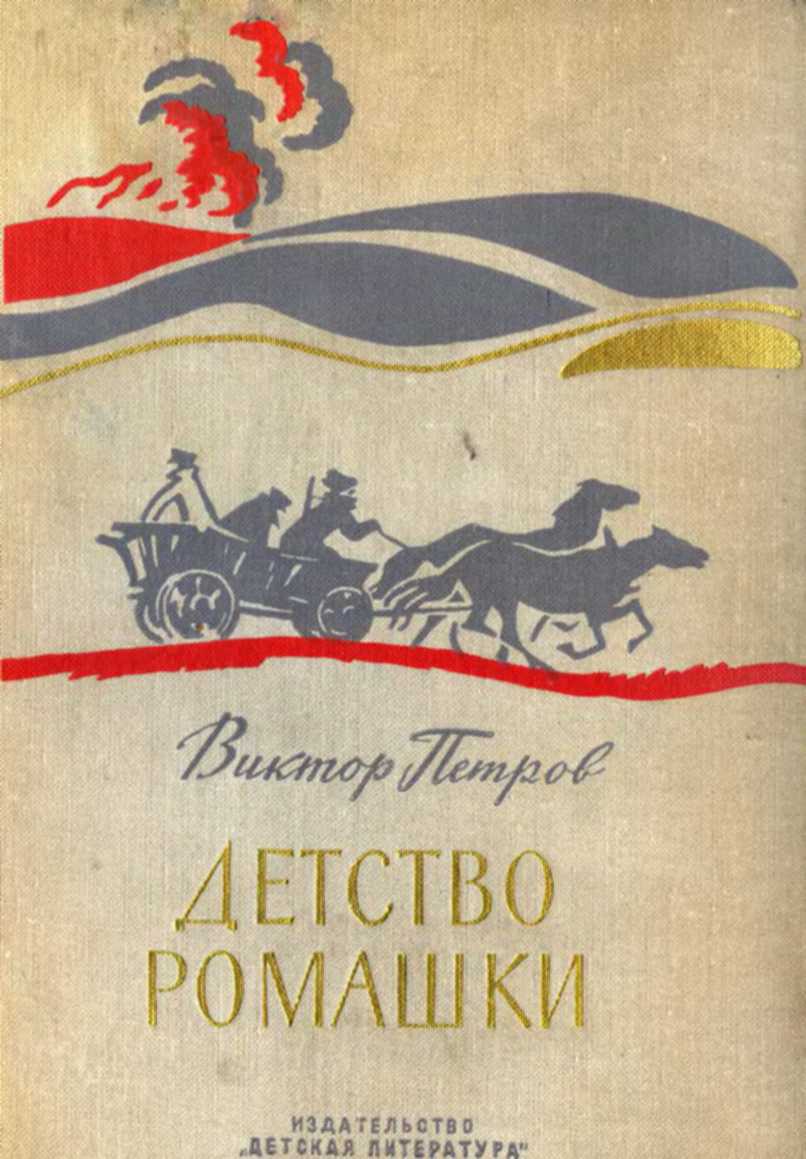class="empty-line"/>
242. Eads and Nelson (1970); Horwitch (1982).
243. Contrary to the popular meme, McNamara was not responsible for developing or push-
ing the Edsel, but he was responsible for canceling it.
244. Jordan (1970, pp. 34–56). As we will see, airlines that were unregulated because they
operated within a single state like California or Texas offered much lower fares, and used far more turboprop planes, than did regulated interstate airlines on comparable routes.
245. Mowery (2015, p. 12).
246. Nelson (1962); Riordan and Hoddeson (1997).
Notes to Chapter 8 637
247. Peters (1985); Temin and Galambos (1987).
248. U.S. v. Western Electric Co., CA No. 17–49, U.S. Dist. Ct., Dist. of New Jersey, Complaint, January 14, 1949.
249. Brock (1981, pp. 187–91).
250. This kind of cross-subsidy is sometimes called inverse Ramsey pricing, after the British mathematician Frank Ramsey, who first developed the theory of optimal multiproduct pricing (or taxation). For an entrée to the large literature on the theory and political economy of the cross subsidy, see Kaserman and Mayo (1994).
251. Anthony Lewis, “AT&T Settles Antitrust Case; Shares Patents,” New York Times, Janu- ary 25, 1956, p. 1.
252. Peters (1985, p. 265).
253. Grindley and Teece (1997, p. 12).
254. Quotation attributed to Jack Morton, in “The Improbable Years,” Electronics 41: 81 (Feb-
ruary 19, 1968), quoted in Tilton (1971, pp. 75–76).
255. Nagler, Schnitzer, and Watzinger (2021); Tilton (1971, p. 75).
256. Mowery and Steinmueller (1994)
257. Indeed, Bell’s alacrity in diffusing the transistor was motivated in part by a fear that the
government would classify the technology (Levin 1982, p. 58). See also the interview of John Bardeen by Lillian Hoddeson on February 13, 1980. Niels Bohr Library & Archives, American Institute of Physics, College Park, MD USA, February 13, 1980, www.aip.org/history-programs /niels-bohr-library/oral-histories/25488 (accessed August 9, 2022).
258. Tilton (1971, p. 91).
259. Langlois and Steinmueller (1999).
260. Teal (1976).
261. Sparkes (1973, p. 8).
262. Holbrook et al. (2000, p. 1026).
263. Berlin (2005, pp. 88–89); Nicholas (2019, pp. 194–95).
264. Malone (1985, p. 88).
265. Braun and Macdonald (1982, p. 85).
266. Sparkes (1973, p. 8).
267. Reid (1984, pp. 94–95).
268. Langlois and Steinmueller (1999, p. 32).
269. Lécuyer (2006, pp. 171–73).
270. The principal exception was Motorola, which had begun as a maker of car radios (hence
the name) before World War II. But, as in the case of TI, Motorola’s semiconductor business came to dominate its systems business and was not a small part of the overall operation. As we will see, Motorola’s other main business would eventually be mobile telephones, and the two very different parts of the company would eventually go their separate ways.
271. Kraus (1971, p. 91).
272. Aspray (1990, pp. 34–48).
273. The stored-program idea was also implied in the work of Alan Turing, who had inter-
acted with von Neumann when Turing was a visitor at the Institute for Advanced Study in 1938. Explicitly modeled on the EDVAC, the first functioning stored-program computer was run for the first time on June 21, 1948 at the University of Manchester (Flamm 1988, p. 51).
638 Notes to Chapter 8
274. Norberg (1993); Fisher, McKie, and Mancke (1983, pp. 4–10); Flamm (1988, pp. 43–51). 275. Flamm (1988, pp. 53–58).
276. Flamm (1988, pp. 61–65); Fisher, McKie, and Mancke (1983, p. 11).
277. IBM did not possess a major lab like those of AT&T or GE in this period. The Endicott
lab in particular “was aimed chiefly at immediate product needs” (Buderi 2000, p. 135). 278. Bashe et al. (1985, pp. 240–48).
279. Usselman (1993, 2007).
280. Cortada (1993).
281. Maney (2003, p. 145).
282. Cortada (1993, p. 146).
283. Usselman (2007, pp. 322–38).
284. Katz and Phillips (1982, pp. 177–78).
285. Fisher, McKie, and Mancke (1983, p. 17).
286. Bashe et al. (1985, p. 288).
287. Fisher, McKie, and Mancke (1983, p. 65).
288. Sobel (1983, p. 160).
289. Bresnahan and Malerba (1999, pp. 101–2).
290. Bresnahan and Malerba (1999, p. 90). Executive-branch departments generally tried
their best to evade Congressional requirements and buy IBM anyway.
291. Cortada (1993, p. 116). The administration also sued Remington Rand, but that company
left he litigation to IBM, stipulating that it would agree to whatever finding the court determined against IBM.
292. International Business Machines Corp. v. United States, 298 U.S. 131 (1936).
293. As the Supreme Court would declare in 1953, the “essence of illegality in tying agree- ments is the wielding of monopolistic leverage.” Times-Picayune Pub. Co. v. United States, 345 U.S. 594 (1953).
294. Bowman (1957); Director and Levi (1956).
295. The Court argued that IBM could ensure quality control simply by conditioning leases on the use of cards that met quality specifications. But the Court did not consider the monitoring-cost implications of that alternative.
296. International Business Machines Corp. v. United States, 298 U.S. 131 (1936), at 134. 297. Usselman (2009, p. 259).
298. U.S. v IBM Corp., Civil Action No. 72–344 S.D.N.Y (1956).
299. Fisher, McKie, and Mancke (1983, pp. 34–35); Sobel (1983, pp. 135–40).
300. Usselman (2009, p. 261).
301. Henderson and Clark (1990).
302. Usselman (1993, pp. 7–8).
303. Baldwin and Clark (2000, pp. 162–63).
304. Baldwin and Clark (2000, p. 171).
305. Ferguson and Morris (1993, p. 7).
306. Baldwin and Clark (2000, pp. 169–94); Fisher, McKie, and Mancke (1983,
pp. 125–28).
307. Langlois and Robertson (1992). 308. Bresnahan (1999, p. 159).
Notes to Chapter 8 639
309. Fisher, McKie, and Mancke (1983, pp. 130–42).
310. In fact, IBM created software to emulate the 1401 and other legacy machines, and many early 360s were indeed run in emulator mode. Although the 360 was a modular system, the design of the operating system was decidedly nonmodular, leading





